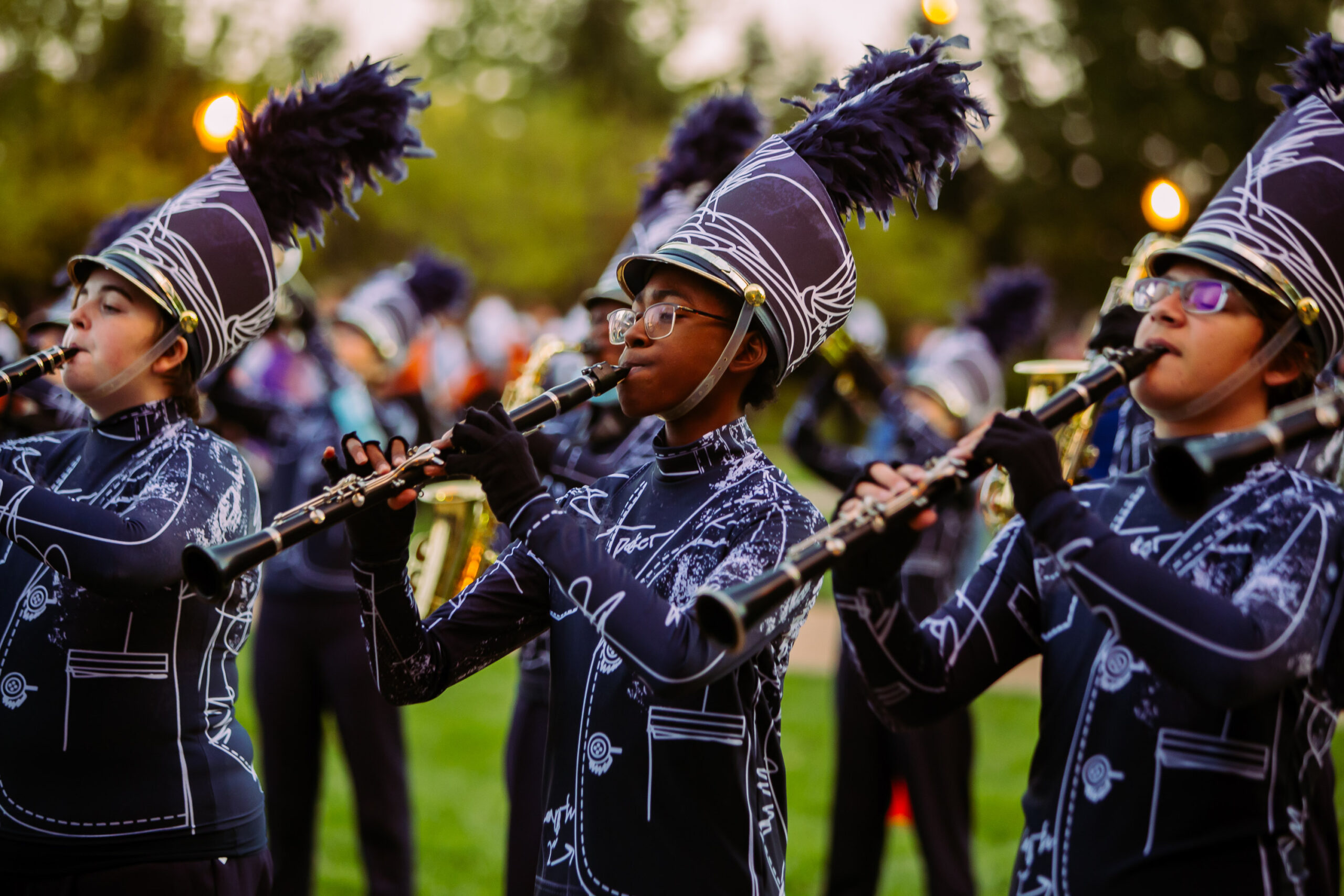In the modern age of digital media, creativity often thrives in unexpected corners of the internet. Among these spaces, the concept of the thorn-magazine blog band has gained traction as an innovative blend of online publishing and music culture. At its core, this idea represents a fusion of digital storytelling, independent journalism, and the evolving identity of bands that wish to create not just music but a community-driven narrative around their work. The thorn-magazine blog band operates as more than just a musical group; it is also a content hub that provides articles, behind-the-scenes insights, visual art, and interactive features designed to engage fans on a deeper level.
Defining the Thorn-Magazine Blog Band
The term thorn-magazine blog band might sound unconventional, but that is precisely its appeal. Unlike traditional music groups that rely on record labels and social media alone, this format transforms a band’s online presence into a fully functioning digital magazine. Each release of music is not simply an album drop but an editorial event supported by stories, essays, interviews, photography, and thought pieces curated by the band themselves. The blog serves as both a promotional tool and a standalone creative platform, offering something unique that mainstream outlets often overlook.
By presenting their work in a magazine-like format, these bands can create layered narratives that expand upon their music. A song is no longer limited to a streaming file; instead, it comes accompanied by stories of its creation, thematic explorations, or cultural references. The result is a deeply immersive fan experience where art and journalism converge.
Why the Blog Format Matters
The thorn-magazine blog band thrives because today’s audiences crave authenticity and connection. Music alone, while powerful, competes in a saturated digital environment. Bands that take on the blog-magazine model create a unique brand identity that cuts through the noise. Fans can dive into long-form articles, engage with curated playlists, or read reflections on social and cultural issues written by the musicians themselves. This multidimensional approach builds loyalty while elevating the band into cultural commentators rather than just performers.
The magazine format also mirrors the do-it-yourself spirit of zine culture from the punk and indie movements. Just as underground zines once gave voice to niche subcultures, the blog band phenomenon gives artists autonomy over their narrative in an age dominated by algorithms and clickbait.
Community and Interaction
Another strength of the thorn-magazine blog band lies in its ability to cultivate a strong sense of community. Unlike static websites, these platforms are often dynamic, with open comment sections, forums, or subscriber-only newsletters. Fans are not passive consumers but active participants in shaping the narrative. Some bands even encourage guest contributions, allowing fans, friends, or fellow artists to write features, reviews, or opinion pieces for the magazine.
This kind of interaction transforms the relationship between band and audience. Instead of relying solely on live shows or social media comments, the band establishes a deeper intellectual and emotional dialogue with its supporters. In many ways, the blog band is reviving the lost art of cultural discourse within the music scene.
Creative Freedom Beyond the Stage
Musicians often have interests that go far beyond their songs. A guitarist might be passionate about photography, while a vocalist may enjoy writing poetry or essays. The thorn-magazine blog band provides a structured outlet for these creative pursuits. By incorporating diverse forms of content into a single digital space, bands can showcase their multifaceted talents. This holistic approach allows fans to connect with the personalities behind the music on a more profound level.
Furthermore, the magazine-style format breaks the limits of conventional promotion. Instead of relying solely on press releases or Instagram updates, the band can publish thematic issues around topics such as mental health, political movements, or artistic philosophy. These features not only complement the band’s musical message but also contribute meaningfully to broader cultural conversations.
The Role of Storytelling
At the heart of the thorn-magazine blog band concept is storytelling. Music has always been a storytelling medium, but pairing it with written narratives enriches the overall experience. A band can dedicate entire blog issues to exploring the themes of an upcoming album—examining lyrical motifs, providing personal anecdotes, or reflecting on artistic influences.
This storytelling approach transforms listeners into readers and vice versa, creating an interconnected web of engagement. The music gives rhythm to the narrative, while the narrative contextualizes the music. In doing so, the band achieves something rare: a sustainable ecosystem of art that transcends format boundaries.
Future of the Thorn-Magazine Blog Band
As digital landscapes continue to evolve, the thorn-magazine blog band model appears poised for growth. With platforms offering more multimedia capabilities, it is easier than ever for musicians to merge audio, video, text, and visuals into a cohesive brand identity. In the future, we may see more bands adopting this format, using their blogs as creative laboratories for experimentation and fan engagement.
Additionally, this model could influence how the music industry at large approaches promotion. Record labels may look to incorporate magazine-style storytelling into their strategies, while independent artists will continue to explore the grassroots potential of building their own narrative platforms. The thorn-magazine blog band shows that in a digital age dominated by quick content, there is still space for depth, creativity, and meaningful connection.
Conclusion
The thorn-magazine blog band represents a fascinating evolution of music culture in the digital age. It is not just about producing songs but about curating an entire world of content that reflects the band’s identity and invites fans into a deeper dialogue. By merging the structures of a magazine with the energy of a band, this model offers a blueprint for how creativity can thrive in an online environment that often prioritizes speed over substance. In the end, it reminds us that art is not just what we hear but also what we read, share, and experience together.



